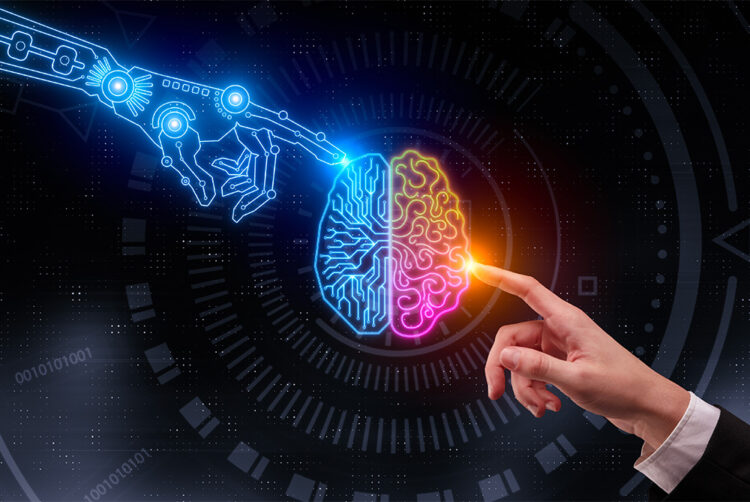MED-AI: Nvidia, Vimeo, YouTube

It’s been a quiet week in AI but don’t worry: tech reporter Ahmed Elkady has you covered with this weekly summary of what’s happening and why it matters.
It’s been an uncharacteristically quiet week in the world of AI. A dearth of dire warnings from defecting tech developers or AI ‘godfathers’, no new calls for regulation from non-governmental organisations, and few accusations of double-dealing about the CEO of a major generative AI company. Without the usual alarm-ringing to report on, maybe we can enjoy a light-hearted topical joke:
What did the pirate say when asked if he knew how to use ChatGPT? “AI AI captain!”
If that joke hasn’t shivered your timbers m’hearties, then enjoy MEDI-AI – your weekly roundup of all things AI related.
Nvidia
In conversation with WPP CEO Mark Read at Cannes Lions last week, Nvidia founder and CEO Jensen Huang said that AI will “supercharge” creators across industries and content types. He said: “For the very first time, the creative process can be amplified in content generation, and the content generation could be in any modality — it could be text, images, 3D, videos.”
Huang argued that one of generative AI’s most important benefits is its ability to scale up content generation for the creative industry: “In the old days, you’d create hundreds of different ad options that are retrieved based on the medium. In the future, you won’t retrieve — you’ll generate billions of different ads. But every single one of them has to be tone appropriate, has to be brand perfect.”
He also said that WPP is going to “unquestionably become an AI company” which will create an AI factory where the input is “creativity, thoughts and prompts, and what comes out of it is content.”
Vimeo
The video hosting and sharing platform Vimeo is introducing a suite of AI-powered editing features. The suite is designed to help users create scripts, record footage using a built-in teleprompter and remove long pauses and unwanted “ahs” and “ums” from recordings. One of the tools is a script generator that users generative AI (Open AI API) to produce video scripts based on a brief description and inputs such as length or even tone, with possible tone inputs including “confident” “casual” or “inspiring”.
The company says these new capabilities are aimed at entry-level video creators such as CEOs and employees— who lack the skills, resources and time to create quality content unassisted.
The company’s CEO Ashraf Alkarmi said: “We’re clearly only scratching the surface of what AI can accomplish for organisations and the people within them, and I envision a future in which AI knowledge is a prerequisite, not a luxury, to video production.
“AI is a priority for me and my product team because it solves our customer issues, not because it’s the latest technological trend. You can expect more products like this from our team, as we work to make AI seamless in our product suite and in a way that simplifies video and differentiates end-to-end user journeys.”
The suite of AI tools will be available to content creators beginning July.
YouTube
Last week, YouTube revealed it will offer content creators an AI-powered dubbing tool which will enable them to dub their videos in other languages. The tool — developed by the AI-powered dubbing service Aloud — will first transcribe creators’ videos and then provide them with a transcript they can manually review and then edit. From there, the tool will then translate the video into the chosen language and create a dub.
The online video platform has said it is already testing the tool with hundreds of creators and that it currently supports a “few languages” with more to come. Currently, Aloud is available in English, Spanish and Portuguese. Speaking to The Verge, YouTube’s VP of product management, YouTube creator products, Amjad Hanif said that the company is “working to make translated audio tracks sound like the creator’s voice, with more expression and lip sync.”



